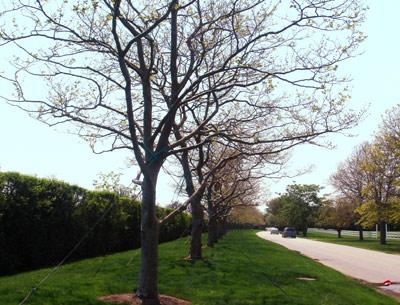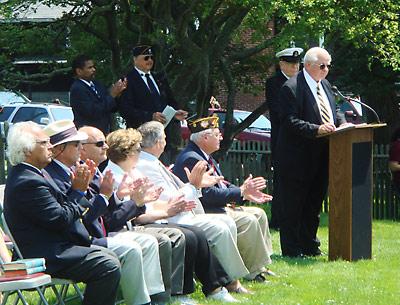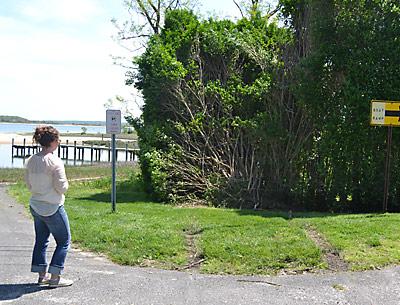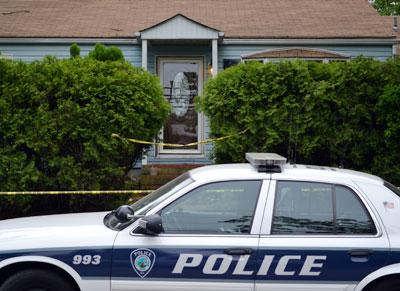Three Vying For Two Seats
Three Vying For Two Seats
In Sag Harbor Village, three people are seeking two seats on the village board in the election on Tuesday. Robby Stein and Bruce Stafford are running for second terms, and Kevin Duchemin, a sergeant with the East Hampton Village Police Department, is hoping to unseat one of them to win a spot on the board for the first time.
Mr. Duchemin, a 20-year firefighter with the Sag Harbor Fire Department who also owns a landscape business, is a lifelong resident of the village, where he lives with his wife of 18 years, and three children, who are 24, 17, and 14. His oldest son, Robert, will graduate from the Suffolk County Police Academy tomorrow, and will take a seasonal position with East Hampton Town.
Mr. Duchemin said in a conversation on Tuesday that he was interested in the seat a few years ago, but that Mayor Brian Gilbride thought perhaps he should wait until he retired due to time constraints. This time, he said, “I didn’t ask anyone’s opinion.”
Mr. Duchemin said that the issue of affordable housing is important if the village wants to “keep the local kids local.” Illegal apartments are another area of concern. The village came close to addressing them a few years ago, he said, but the issue was pushed to the back burner, never to resurface. Code changes to allow utilization of accessory apartments may be the only option for affordable living in the village, he said.
Mr. Stein is a child psychologist who is also a member of the Bay Street Theatre’s board of trustees and the board of Mashashimuet Park. He said on Monday that as the liaison to the village waste treatment plant, he has cut costs over 70 percent, while helping to improve the plant’s efficiency. He has also been involved in community issues such as outdoor dining and music, and environmental issues including wastewater runoff, bay health, and the keeping of chickens. Having summered on the South Fork as a child and lived here year round for 15 years, Mr. Stein said that he is very engaged with the changing face of the village.
Mr. Stafford described himself as a “hands-on guy,” and said he has the time the job needs, and enjoys hearing from the public, whether it be at one of his three kids’ activities, the 7-Eleven, or a village board meeting. The current board is a “great working board,” he said on Tuesday, with five diverse people. He believes they have done a good job increasing service while keeping taxes low. Born and raised in Sag Harbor, Mr. Stafford has volunteered for the Fire Department for 34 years, and serves as the chairman of the United Methodist Church. He is the board’s liaison to the fire department.
Voting on Tuesday will be from noon to 9 p.m. at the Sag Harbor Fire Department at 1357 Brick Kiln Road.






